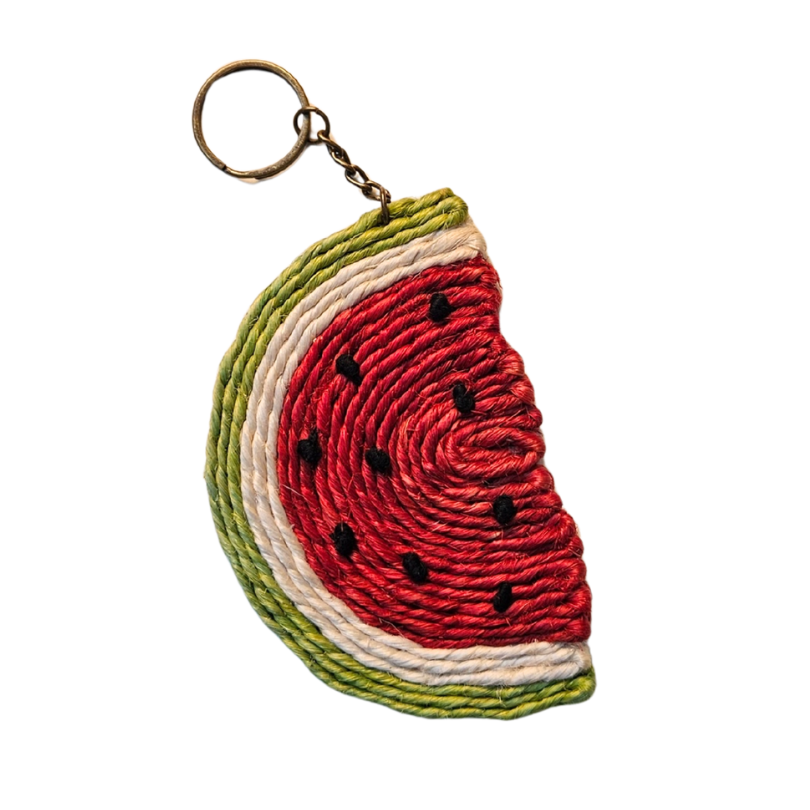Plastic: reduce, reduce, reduce
- Indo Naturals

- Aug 10, 2021
- 2 min read
Updated: Sep 16, 2021
Less than 10% of plastic waste is recycled, 1/3 of all plastic waste ends up in the oceans, and the global north sends thousands of tons of plastic waste to Asia every year. Plastic production, handling, and recycling take up large amounts of energy resulting in CO2 emissions. We believe that reducing plastic consumption is the only long-term solution to plastic waste. That’s why we work to make it both easy and exciting to reduce plastic consumption in everyday life.

Most of the plastic we use in everyday life begins its journey by being pumped up from the ground as crude oil. After a short period of use, most of this plastic then ends up in landfills, as contaminants in nature or in the oceans, while some end up being burnt. Only a few percent is recycled. The international plastic waste network ships and trades plastic around the world, often bringing plastic from rich countries to less resourceful countries. Resulting in plastic leaking, ocean pollution, sickness, and even death - both to animals and humans. (source)
Let’s look closer at plastic and start from the beginning. Petroleum extraction is energy-intensive and accounts for large amounts of CO2 emissions. In addition, oil spills happen regularly, having devastating effects on the ocean's ecosystem. After extraction, the crude oil is transported to refineries before it is transported to several intermediaries and finally arrives at the factory where it becomes plastic. The plastic bottles produced here are then sent to factories that fill them with soap or other contents before they are transported to the market. The transport and energy-dependent process of making plastic results in large Co2 emissions, and devastating oil and plastic spills.
Let’s take the example of a plastic bottle. It could last for hundreds of years but is usually thrown away after a short period of use.
After disposal, the bottles are transported to the waste facilities where they are sorted. A lot is then burned or dumped in landfills, but a small part is recycled. Plastic can only be recycled a few times before it loses its value, and a lot of plastic cannot be recycled at all. Before plastic can be recycled, there is a long process of transport and sorting. This is energy-demanding and leads to CO2 emissions. The recycling and transport of new plastic raw materials also result in CO2 emissions and can result in leakage of harmful chemicals and plastics. It’s important to know that only a small part of plastic that is sent for recycling, actually gets recycled. Most plastic ends up in landfills and a devastating amount ends up in the oceans. Read about how plastic ends up in the sea here.
Reducing plastic is the main solution for sustainable consumption. This is recognized by both the EU and Norwegian waste management policies. Recycling is however favorable to the petroleum lobby. The enormous resources spent on recycling can be used to find new innovative solutions, without plastic!



































